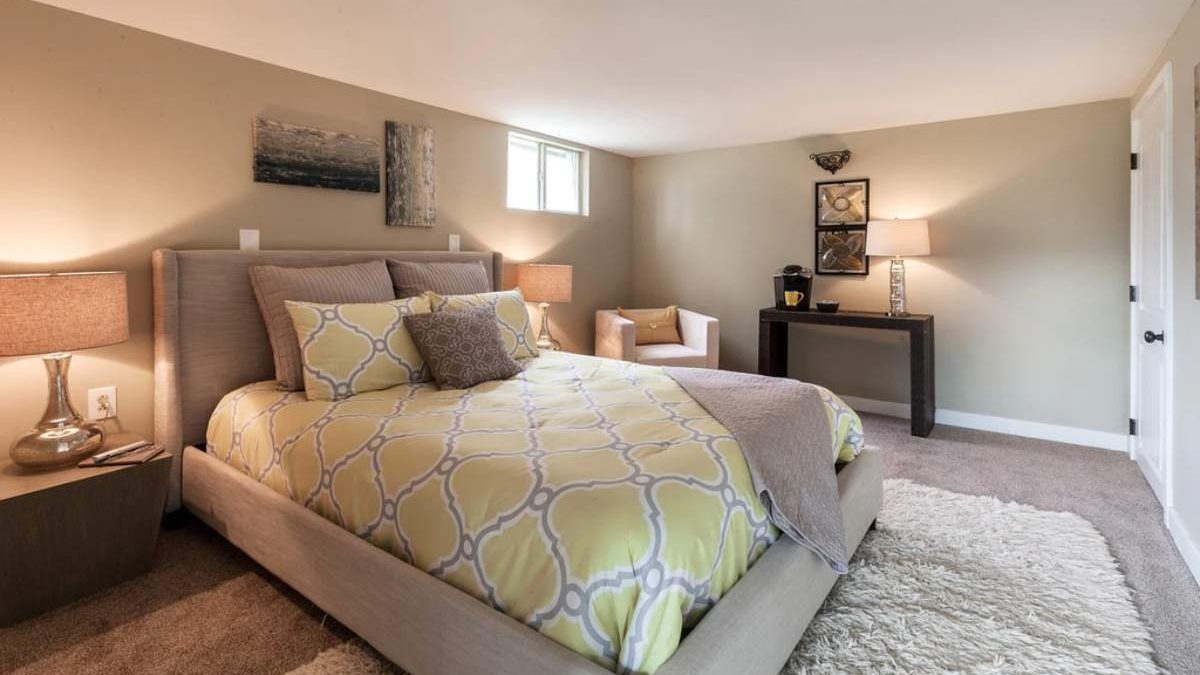When outfitting a retail space, one of the most important decisions you will make is choosing what kind of flooring. Various flooring options are available, each with unique benefits and drawbacks. This blog post will focus on two types of flooring commonly found in retail spaces: commercial hard surface flooring and carpet. Let’s take a look at the pros and cons of each class so you can make an informed and professional grade decision when planning your store layout.
Table of Contents
Hard Surface Flooring Pros
The main benefit of using hard surface flooring in your retail space is that it provides a sleek, modern look that is inviting to customers. It also requires minimal maintenance and can be easily cleaned with a mop or vacuum cleaner.
Hard surface floors also tend to last longer than carpets, meaning you won’t have to replace them as often, which can save you money in the long run. Moreover, hard surface floors are usually more durable than carpets and can handle heavy foot traffic without showing signs of wear and tear.
Hard Surface Flooring Cons
The main drawback of using hard surface flooring in your retail space is that it can be noisy when walked on. Also, it may need to provide more sound absorption for comfortable conversations between customers and employees.
In addition, some types of commercial hard surface flooring—such as tile—can be pretty slippery when wet. This could pose a safety hazard for customers if water or other liquids are on the floor. Lastly, certain hard surfaces—like concrete or brick—may require unique treatments such as sealants or coatings to keep them looking their best over time.
Carpet Pros
Carpet offers many advantages compared to hard surfaces in terms of comfort and style. Firstly, the rug provides excellent sound absorption, which makes conversations between customers and staff easier to hear without being too loud for other customers nearby.
Secondly, carpets come in a wide range of colors and styles, so you can find one that perfectly matches your store’s aesthetic without worrying about clashing colors or patterns.
Lastly, carpet is softer underfoot than many types of hard surfaces. This makes it more comfortable for your staff, who have to stand on their feet all day long while helping customers search for items throughout the store.
Carpet Cons
One major disadvantage to using carpet in your retail space is that it requires more frequent cleaning than hard surfaces due to its tendency to trap dust, dirt, pet hair, etc. This can lead to health problems if left unchecked.
Furthermore, carpets tend not to last as long as many hard surfaces due to wear and tear from heavy foot traffic. This means you may need to replace them sooner than expected if they become damaged beyond repair before then (depending on how heavily trafficked your store is).
Lastly, some types of carpets—particularly those made from synthetic fibers—are highly flammable, which poses a significant fire risk if not properly maintained over time. This could put your staff and customers at risk, so always use fire-resistant carpets whenever possible (or invest in fire-suppression systems).
Conclusion
When deciding between hard surface flooring and carpet for your retail space, several factors should be considered, including cost-effectiveness (both upfront costs and maintenance costs), durability or longevity, aesthetics, sound absorption, safety considerations, and comfort. Ultimately there isn’t one “right” answer. It all depends on what specific needs or wants/desires you have for creating an optimal customer experience within your retail space. However, by weighing each option carefully, you can have some insight into deciding which type(s) of flooring will work best for your business.


